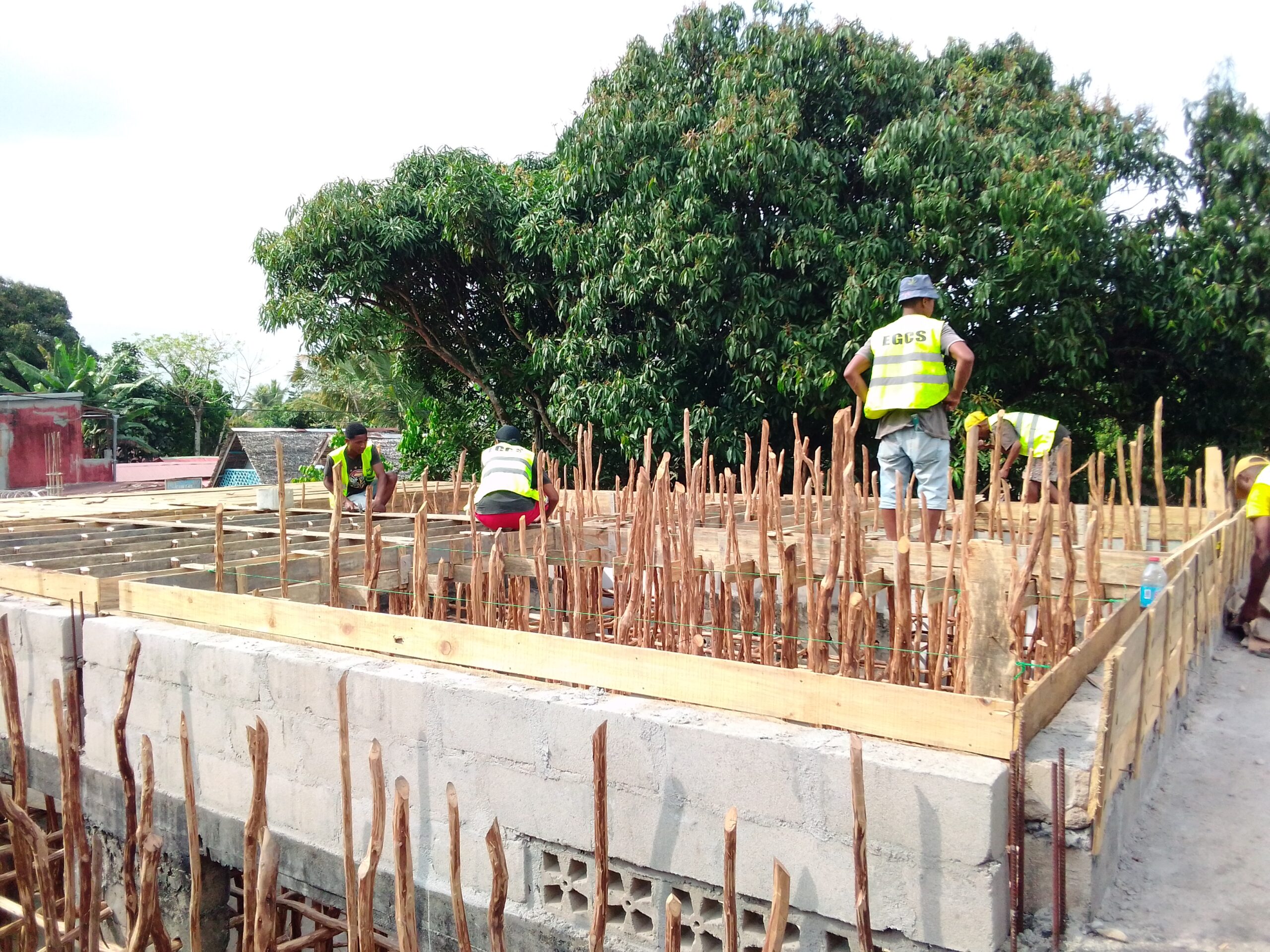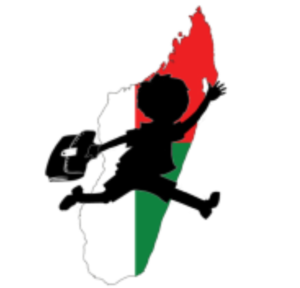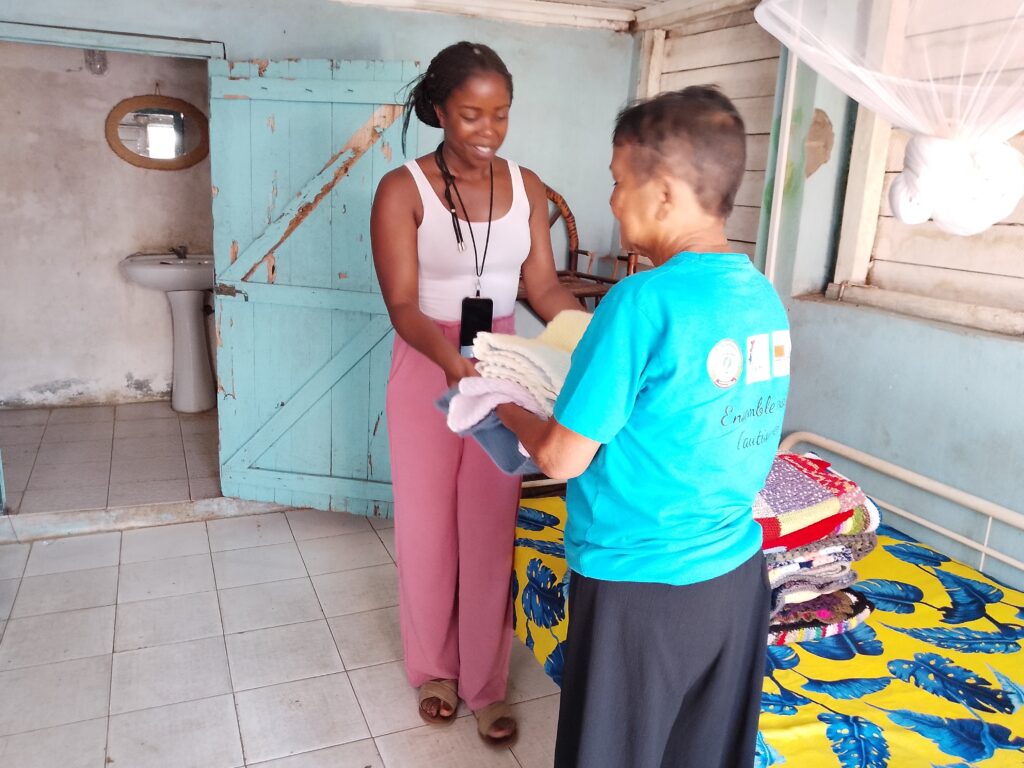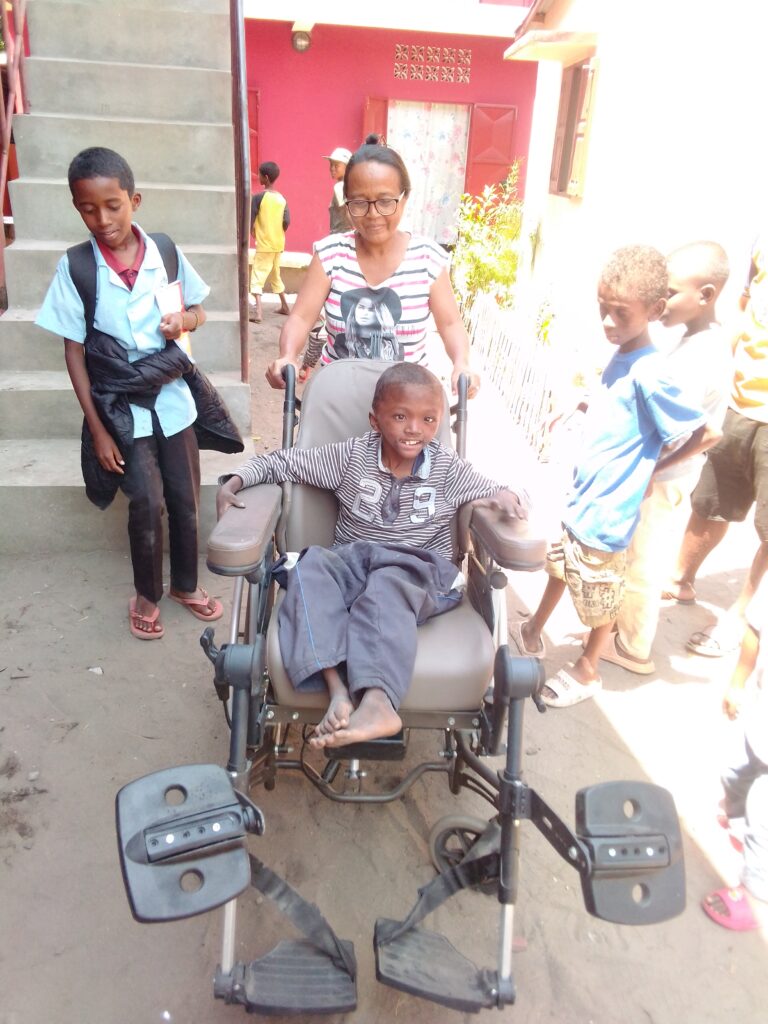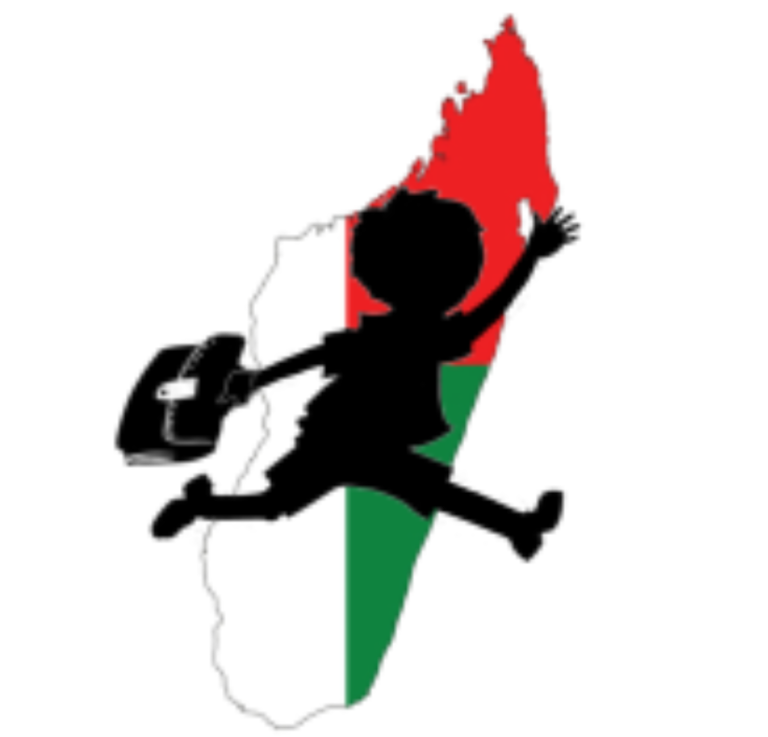Duration : 36 months (from 01/12/2022 to 30/11/2025)
Context
Madagascar faces persistent poverty, with a GDP per capita of only 531 dollars in 2022. In Tamatave, many street children live in conditions of violence and exploitation. The pandemic has worsened this situation, increasing the number of vulnerable children on the streets.

The Project
Le Refuge d’Aina, in partnership with Mitia Madagasikara and EDI Madagascar, launched a project to improve the reception and care of these children. After an initial collaboration on a school canteen, the project aims to renovate the shelter to accommodate 60 children, providing them with a secure environment and sustainable future prospects.
Location : The shelter is located 14 km north of Tamatave, in the commune of Antetezambaro, in a rural setting, far from the city center where the children roam. This 4-hectare site is ideal for their reintegration, thanks to its tranquility and vast outdoor spaces.
The Facilities : The Refuge d’Aïna has a large building that includes classrooms, dormitories, a medical room, a dining hall, and several outdoor spaces. While it is maintained, renovations are needed. The livestock, which was impacted by the crisis, has been revived as part of the project.

Partners :
The project is based on a complementary partnership between Harena Sahaza, Mitia Madagasikara, and EDI Madagascar:
Mitia Madagasikara handles operational management, supplier selection, and project oversight.
Harena Sahaza supervises the on-site work, facilitates relations with local authorities, and ensures the sustainability of the project.
EDI Madagascar, a Luxembourg-based NGO, provides financial and operational expertise and ensures effective coordination.
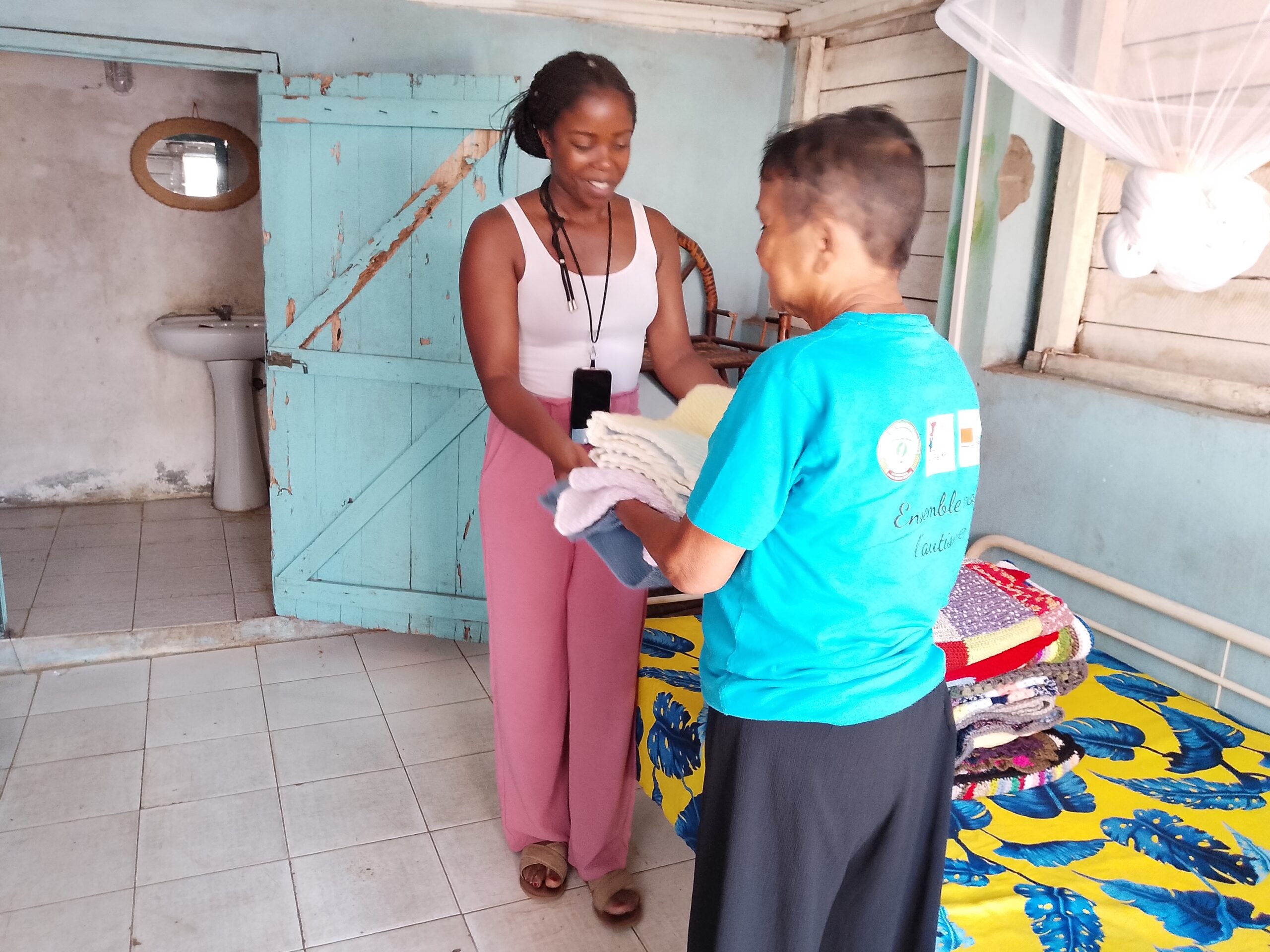
Target Groups:
The primary beneficiaries are the neglected children of Tamatave, but teachers, the local community, and their children will also indirectly benefit from the project's impact. The NGO Harena Sahaza will become the owner of the facilities at the end of the project.
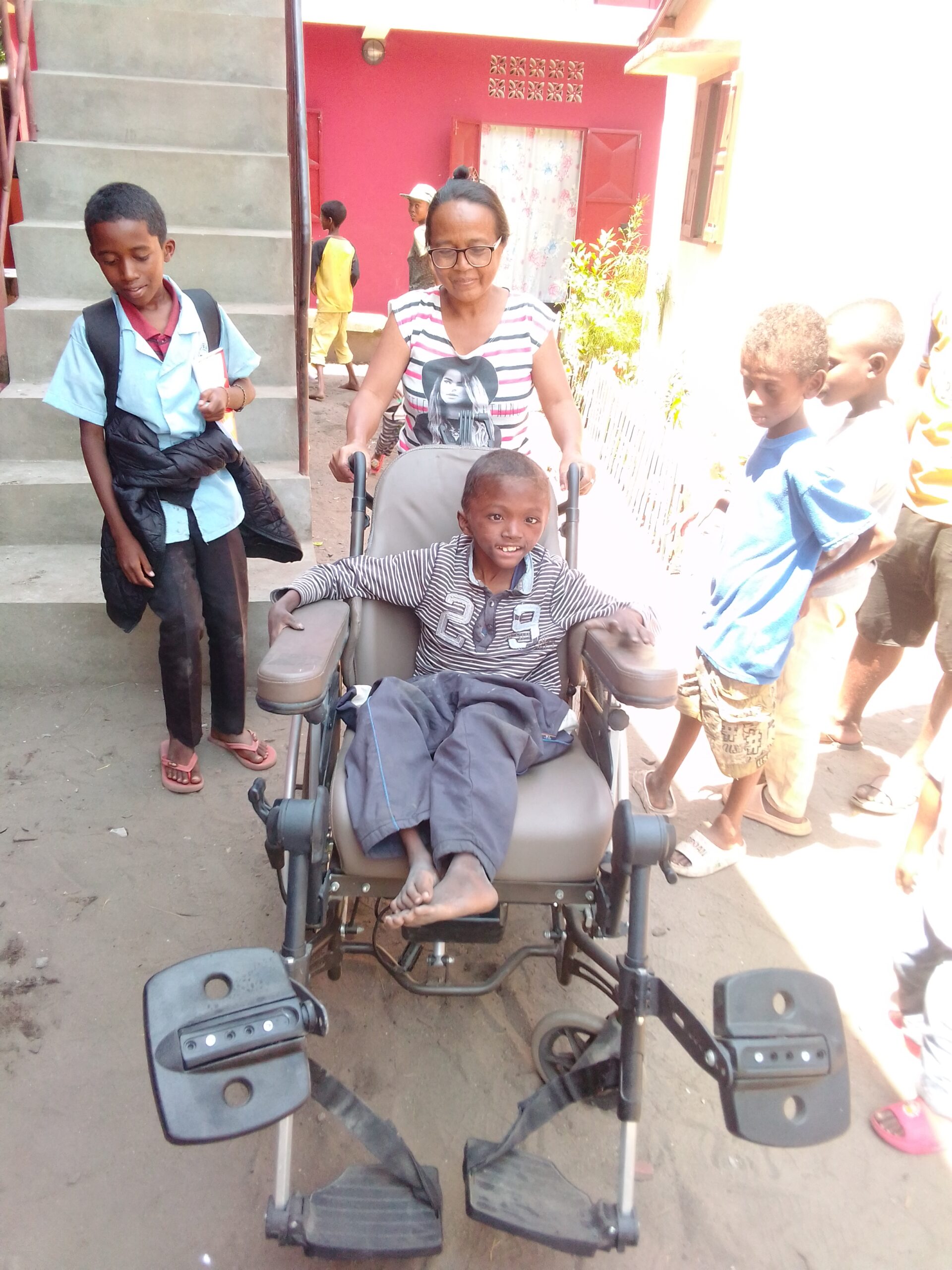
Project Objectives :
Eradicate extreme poverty and hunger by providing shelter, meals, and quality education.
Ensure food security and promote sustainable agriculture through a strengthened canteen and the use of local products.
Promote health and well-being with regular medical care and a safe environment.
Offer quality education and vocational training opportunities.
Promote gender equality and inclusivity within the shelter.
Implement sustainable energy solutions (solar panels, rainwater harvesting).
Reduce social inequalities by offering equal opportunities to all.
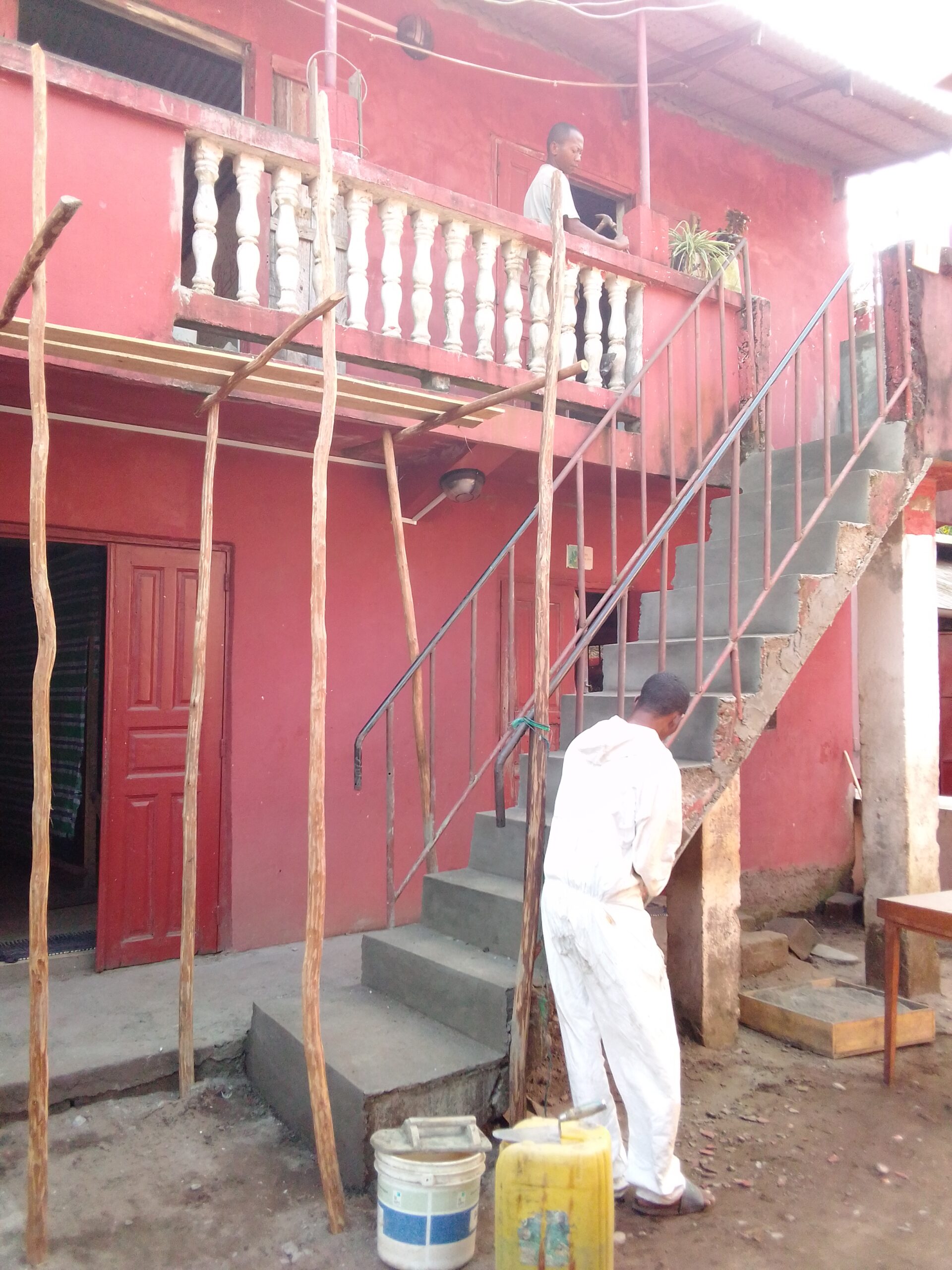

Impact on the local community:
The project will also benefit the local economy through the involvement of entrepreneurs and villagers in the construction and services.
